Introduction
Imagine hundreds of tiny robots working together, just like a swarm of ants building a nest or a school of fish changing direction in perfect harmony. AI-powered swarm robotics is an emerging field that harnesses the power of artificial intelligence to enable large numbers of small robots to work collaboratively. These robotic swarms can accomplish complex tasks more efficiently than a single large machine, making them useful in industrial automation, medical procedures, disaster response, and even military applications.
Swarm robotics draws inspiration from nature’s collective intelligence—the way bees, birds, and ants work together without a centralized leader. Instead, each robot follows simple rules and communicates with others, allowing the swarm to perform coordinated actions. This technology is revolutionizing various industries, paving the way for more adaptable, resilient, and intelligent robotic systems.
In this article, we will explore the development of swarm robotics, key technologies, real-world applications, challenges, and the future of this field.
1. What is AI-Powered Swarm Robotics?
Swarm robotics is a field of robotics that focuses on controlling multiple robots as a single, intelligent system. Unlike traditional robots that function independently or require direct human control, swarm robots use decentralized AI algorithms to communicate and collaborate autonomously.
Key Characteristics of Swarm Robotics:
- Decentralized Control: No single leader; each robot follows local rules.
- Self-Organization: Robots communicate and adapt in real time.
- Scalability: The system can function with a few or thousands of robots.
- Robustness: If some robots fail, the swarm continues operating.
- Flexibility: Swarms can quickly adapt to new environments and tasks.
2. Key Technologies Behind AI-Powered Swarm Robotics
The success of swarm robotics depends on advanced AI algorithms, communication methods, and control mechanisms. Here are the critical technologies driving this field:
A. Artificial Intelligence and Machine Learning
- AI algorithms allow robots to learn, adapt, and make decisions.
- Reinforcement learning helps robots optimize their actions over time.
- Neural networks enable pattern recognition and predictive behaviors.
B. Multi-Agent Coordination
- Swarm robots follow simple, rule-based behaviors to coordinate efficiently.
- Consensus algorithms allow decision-making without central control.
- Game theory models optimize swarm behavior for maximum efficiency.
C. Communication Networks
- Wireless Communication (Wi-Fi, Bluetooth, Li-Fi) enables real-time data exchange.
- Swarm intelligence algorithms mimic natural group behaviors.
- Blockchain-based communication ensures secure and tamper-proof coordination.
D. Sensor and Actuator Integration
- Swarm robots rely on vision, LIDAR, and infrared sensors for perception.
- Motion control actuators enable smooth and coordinated movements.
- Bio-inspired sensors enhance environmental awareness and adaptability.
E. Edge Computing and Cloud Robotics
- Edge computing processes data locally for faster responses.
- Cloud robotics allows swarm robots to access powerful AI models in real time.
3. Applications of AI-Powered Swarm Robotics
A. Industrial Automation and Smart Manufacturing
- Warehouse Automation: Swarm robots navigate and transport goods in Amazon and Alibaba warehouses.
- Assembly Line Collaboration: Multiple robots work together to assemble products faster and with greater precision.
- Logistics & Supply Chain Management: Swarms optimize inventory tracking and transportation.
B. Medical and Healthcare Applications
- Drug Delivery Swarms: Microscopic swarm robots (nanobots) navigate inside the human body to deliver medicine to specific cells.
- Minimally Invasive Surgery: Tiny robotic swarms assist in delicate surgical procedures.
- Bio-Monitoring and Diagnostics: Swarms of micro-robots detect diseases early by scanning blood samples.
C. Disaster Response and Search & Rescue
- Autonomous Rescue Missions: Swarm drones locate survivors in collapsed buildings during earthquakes.
- Firefighting Support: Swarm robots analyze and map fire spread, assisting firefighters.
- Toxic Environment Exploration: Swarms enter hazardous zones (nuclear plants, chemical spills) to gather data.
D. Military and Defense Applications
- Surveillance and Reconnaissance: Swarm drones monitor battlefields and enemy movements.
- Autonomous Combat Units: Military swarms carry out coordinated strikes with minimal human intervention.
- Cybersecurity Defense: AI swarms detect and neutralize cyber threats in real-time.
E. Environmental and Agricultural Use
- Precision Farming: Swarm robots monitor soil health, water levels, and pest activity.
- Reforestation: Swarm drones plant trees and distribute seeds in deforested areas.
- Ocean Cleanup: Swarm robots collect plastic waste from oceans, reducing pollution.
4. Challenges in Swarm Robotics Development
While AI-powered swarm robotics offers game-changing potential, it faces several challenges:
A. Communication Limitations
- Wireless signal interference can disrupt swarm coordination.
- Latency issues affect real-time decision-making.
B. Energy Efficiency and Battery Life
- Swarm robots need compact yet long-lasting power sources.
- Renewable energy integration is being explored for sustainable swarms.
C. Ethical and Security Concerns
- Military use raises ethical questions about autonomous weapons.
- Cybersecurity risks—hacked swarms could cause massive disruptions.
- Data privacy issues in surveillance applications.
D. Cost and Scalability
- Manufacturing and deploying large swarms is expensive.
- Standardized, cost-effective production methods are needed.
5. The Future of AI-Powered Swarm Robotics
The field of swarm robotics is rapidly evolving. Here’s what the future holds:
✅ Human-Swarm Collaboration: Intelligent swarms that work seamlessly with humans. ✅ Fully Autonomous Cities: Swarm robots managing traffic, deliveries, and waste disposal. ✅ Space Exploration: NASA and private companies deploying swarm robots on Mars and the Moon. ✅ Bio-Hybrid Swarm Robots: Integration of biological cells with robotic components for enhanced efficiency. ✅ Self-Healing Swarms: AI-driven repair mechanisms to extend swarm longevity.
6. Conclusion
AI-powered swarm robotics is transforming industries, offering smarter, more efficient, and scalable robotic systems. Inspired by nature, these decentralized robotic networks are shaping the future of automation. From medical nanobots to battlefield reconnaissance drones, the applications of swarm robotics are limitless.
As AI, machine learning, and communication networks improve, we can expect swarm robots to play a more significant role in our daily lives. However, ethical, security, and technological challenges must be addressed to ensure these systems are safe, effective, and beneficial for society.
The future of robotics isn’t just about individual machines; it’s about how intelligent swarms can work together to revolutionize the world.
References
- Dorigo, M., & Birattari, M. (2021). “Swarm Robotics: Past, Present, and Future.” IEEE Transactions on Robotics.
- Yang, G., et al. (2020). “AI in Swarm Robotics: Applications and Challenges.” Robotics and Autonomous Systems.
- NASA Research (2022). “Swarm Robotics for Space Exploration.” NASA Technical Reports.
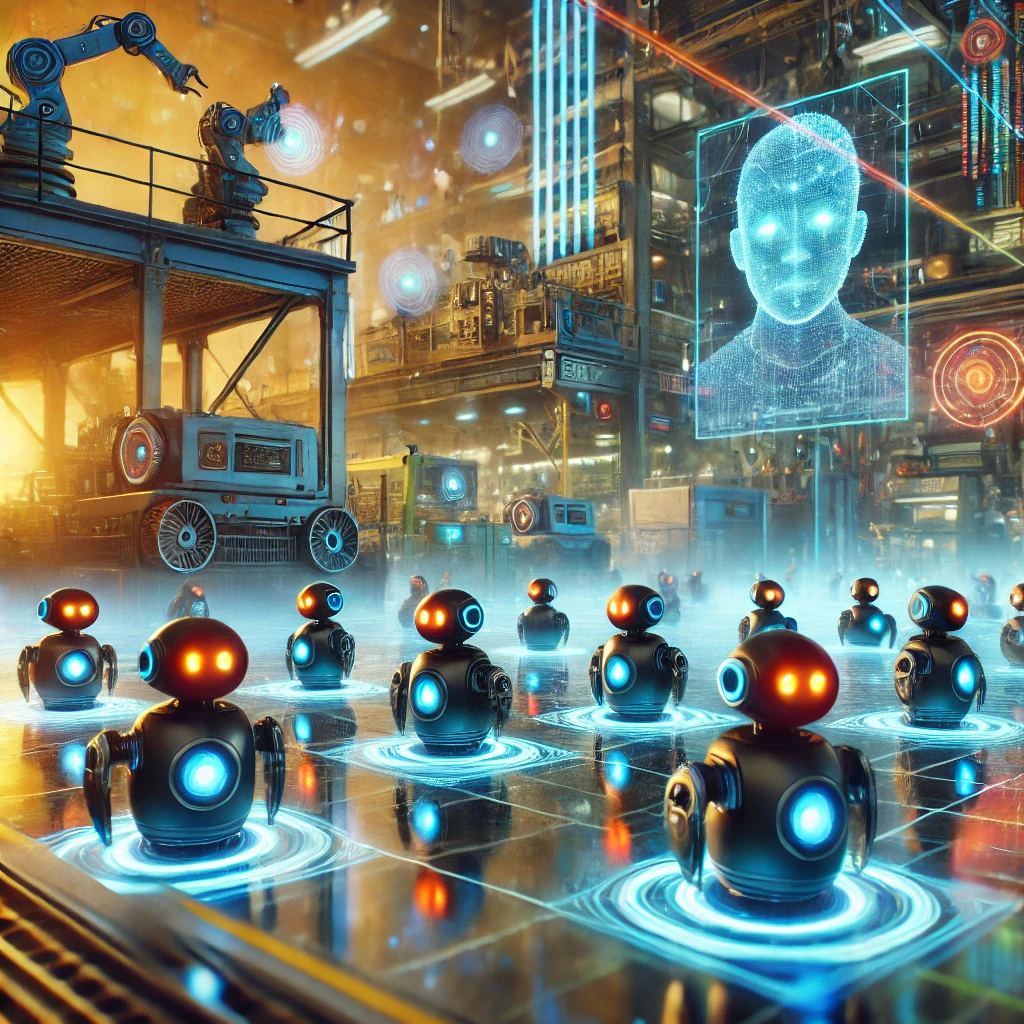
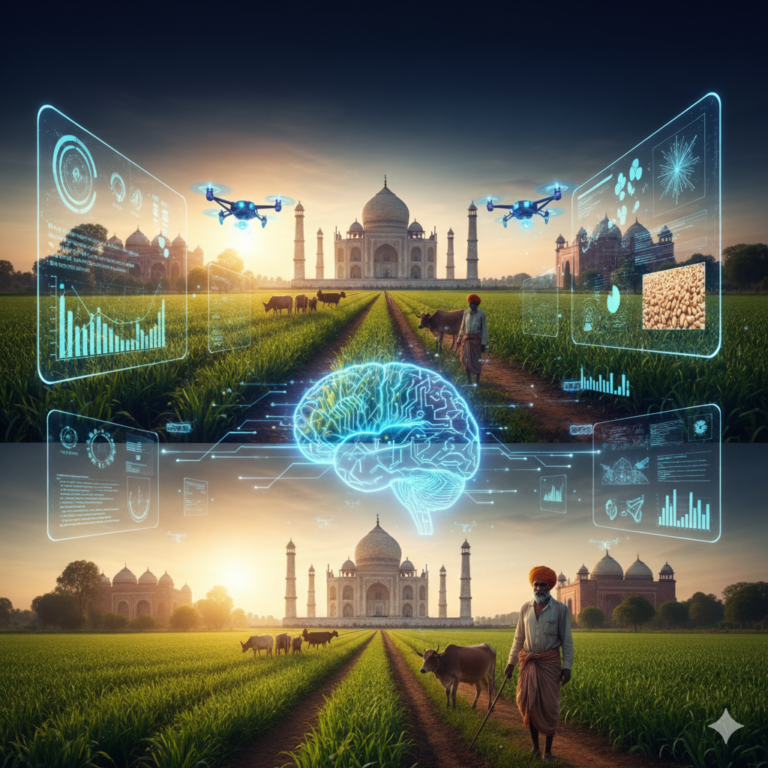

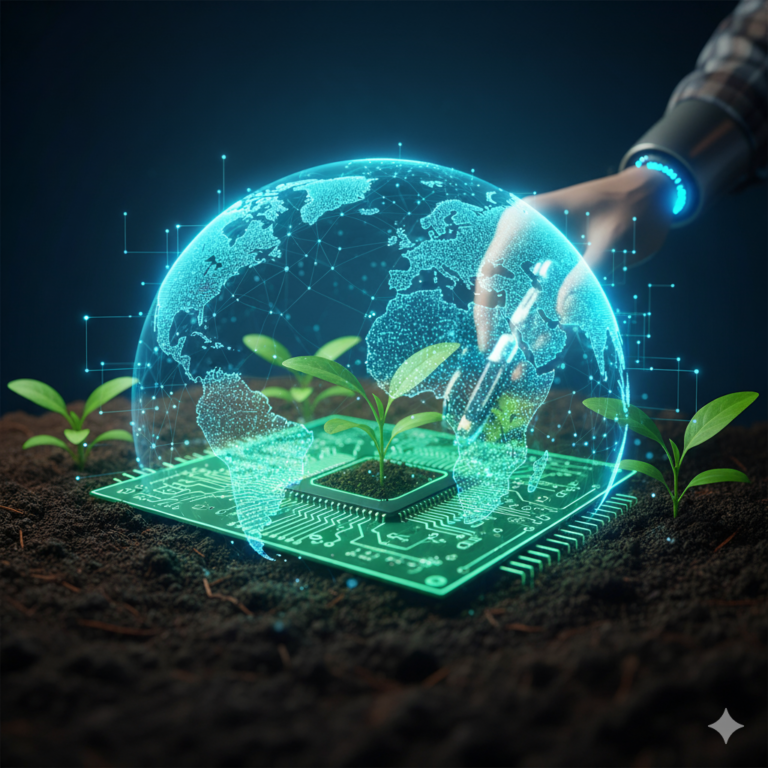

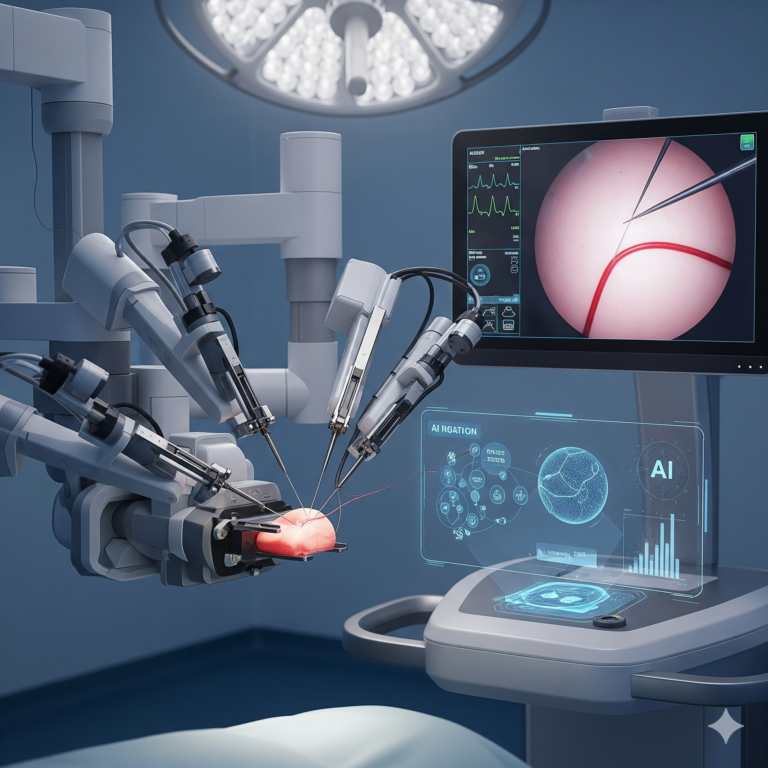

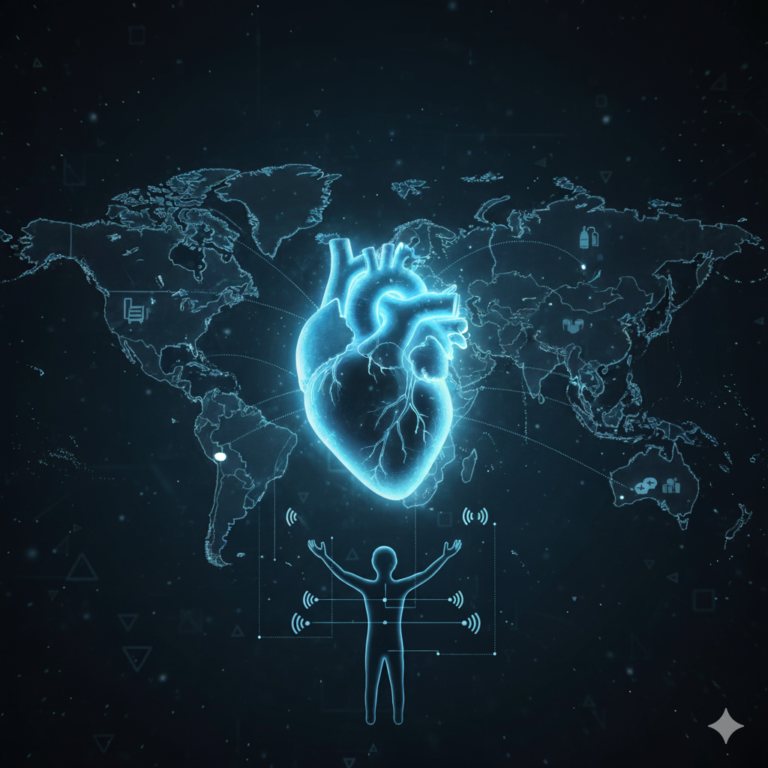


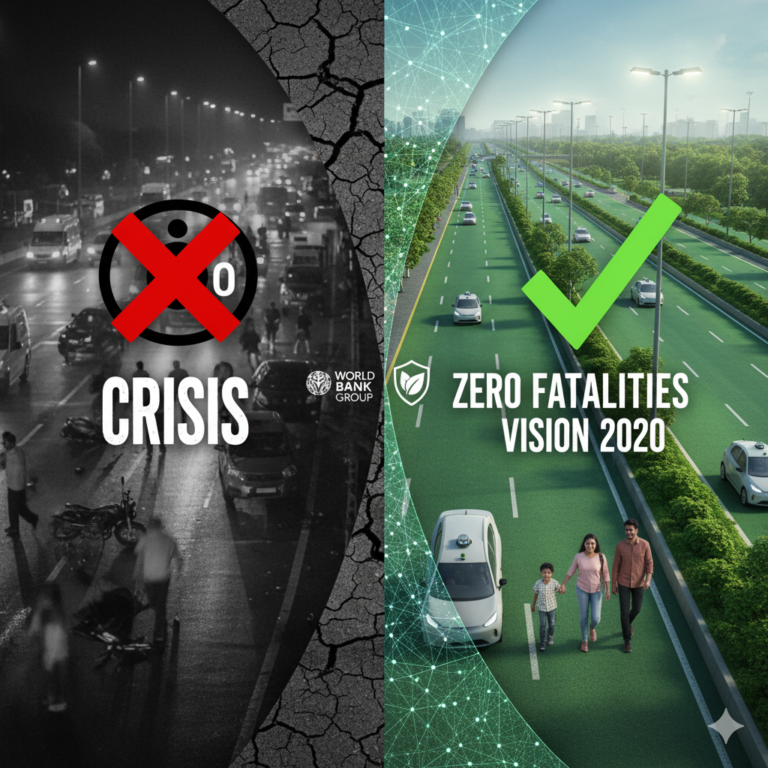




+ There are no comments
Add yours